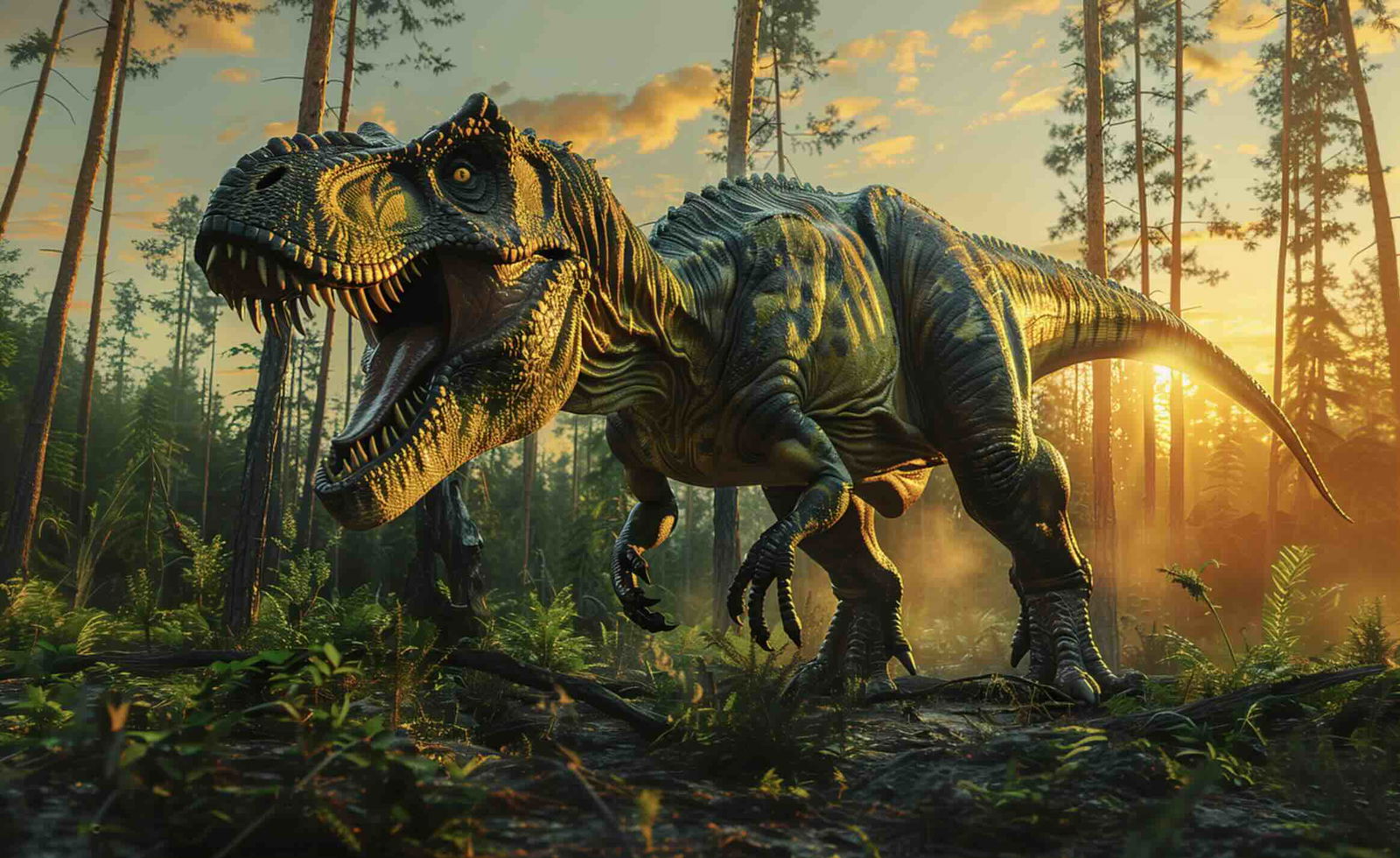Dinosaurs thrived following the explosive breakup of Pangea, an event that led to a mass extinction caused by a brutal and unexpected winter, according to new research.
While the common understanding is that dinosaurs went extinct due to events following an asteroid impact, less attention has been paid to how the Jurassic period came to replace the Triassic. A recent paper from climatologists sheds light on this transition, highlighting the dinosaurs’ “icy” rise.
Explosive Breakup
Between 250 and 200 million years ago, Earth was in the Triassic period, where reptiles were the dominant life forms. It was not yet truly the age of the dinosaur, which would emerge during the Jurassic period that followed, although small dinosaurs, such as the meter-long Eoraptor, appeared in the late Triassic.
These reptiles were just one of many groups of archosaurs roaming the vast supercontinent Pangea, which began the slow process of splitting into today’s continents toward the end of the Triassic.
The breakup of Pangea into the smaller continents Laurasia and Gondwana marked the transition into the Jurassic. Pangea was largely a desert landscape, whereas the subsequent continents likely experienced greater humidity.
Previous theories suggested that volcanic eruptions over hundreds of thousands of years released large amounts of carbon dioxide, creating a greenhouse effect that warmed the climate as Pangea split. Scientists believed these hot conditions favored dinosaurs, positioning them to become the dominant lifeforms on Earth. However, new research challenges this view.
A New Timeline
The recent study dramatically shortens the timeline for volcanic activity. Instead of a slow, carbon dioxide-driven greenhouse effect, this scenario suggests the opposite: extreme cooling triggered by short, intense bursts of volcanic eruptions. These eruptions spewed silicates that blocked sunlight, causing sudden temperature drops—similar to a “nuclear winter” or the rapid cooling that would eventually contribute to the dinosaurs’ extinction after a massive impact event.
“Carbon dioxide and sulfates act not just in opposite ways, but on opposite time frames,” explained lead author Dennis Kent of Columbia University’s Climate School. “It takes a long time for carbon dioxide to build up and heat things, but the effect of sulfates is pretty much instant. It brings us into the realm of what humans can grasp. These events happened in the span of a lifetime.”
The Triassic-Jurassic CAMP
The Central Atlantic Magmatic Province (CAMP) has long been hypothesized to have caused the Triassic extinction. The new study found a consistent magnetic polarity reversal in sedimentary layers surrounding the first CAMP eruptions. This pattern suggests the eruptions were nearly simultaneous events. Radioactive isotope dating methods dated these events to near the end of the Triassic.
The researchers analyzed data from geographically distant locations, such as Morocco, Nova Scotia, and New Jersey, which were much closer together when Pangea was still intact. Their focus was on the magnetic alignment in rocks. Since the magnetic poles shift slightly each year, correlating the magnetic signatures of lava rocks from CAMP eruptions could reveal the timeline of these events. The results showed that lava flow events spanned around 40,000 years, with individual eruption sites active for less than 100 years.
A Sudden Temperature Drop
The enormous volume of lava released in such a short period had an immediate and dramatic impact. The sun would have been obscured, causing temperatures to plummet. Although rain would have returned sulfates to Earth within a few years, the brief but intense winter would have been catastrophic for ecosystems. For perspective, a volcanic eruption in Iceland in 1783, which was much smaller than CAMP, caused widespread crop failures.
Fossil evidence supports the idea that a dramatic event triggered a large-scale die-off at this time. Fossil layers beneath CAMP eruptions show a wide variety of life, including lizards, amphibians, and tropical plants, which abruptly disappear at the CAMP eruption boundary. Small feathered dinosaurs survived this extinction event, later evolving into the colossal “thunder lizards” that thrived during the Jurassic.
Based on the new evidence outlined by the team, it now appears that, rather than heat, a sudden cold snap may have been what set the stage for the dinosaurs’ dominance.
The paper “Correlation of Sub-Centennial-Scale Pulses of Initial Central Atlantic Magmatic Province Lavas and the End-Triassic Extinctions” appeared on October 28, 2024 in The Proceedings of the National Academy of Sciences.
Ryan Whalen covers science and technology for The Debrief. He holds a BA in History and a Master of Library and Information Science with a certificate in Data Science. He can be contacted at ryan@thedebrief.org, and follow him on Twitter @mdntwvlf.

